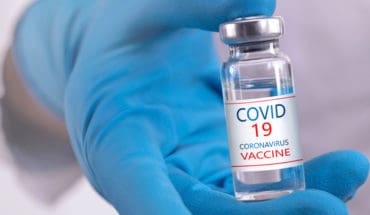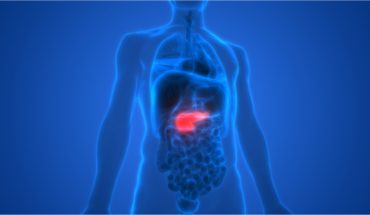Pancreatic ductal adenocarcinoma (PDAC) is the most common type of pancreatic cancer and very aggressive. As one of the stiffest human tumours, PDAC is characterised by an extensive fibrotic tissue or desmoplasia in the stroma around the tumour. This desmoplastic tissue is known to help the tumour to grow and metastasize and hinders drug delivery.
For many years, genetic profiling of cancer cells and the biochemical signalling that triggers PDAC has been the centre of a very active area of research. However, in the last ten years, the greater appreciation of the pivotal role of the desmoplastic stroma for PDAC progression has attracted the attention of many scientists who have used different tools to completely or partially destroy this desmoplastic reaction, initially regarded as tumour-promoting. Surprisingly, it was found that this desmoplastic reaction can also restrain tumour growth, revealing the complexity of the interaction between the tumour and its surroundings.
This desmoplastic reaction is driven by pancreatic stellate cells (PSCs), which in the healthy pancreas reside in a quiescent state and store abundant vitamin A in their cytoplasm. PSCs become activated in PDAC, lose their vitamin A content, and acquire the capacity to apply high forces on their surroundings. Concurrently, PSCs remodel the tumour microenvironment, making it favourable to cancer cell invasion and to inhibit angiogenesis (formation of blood vessels).
Our team at Imperial College London has elucidated the mechanism by which replenishing the vitamin A storage in PSCs reprogram them to mechanical quiescence in which PSCs are not able to apply mechanical forces on their surroundings. This prevents them from remodelling the tumour microenvironment, which in turn inhibits pancreatic cancer cell invasion and can potentially increase vascularisation and improve drug delivery. These results were published this week in the open-access journal Nature Communications.
In scientific research, it is often necessary to simplify the system to be able to decipher the mechanism that underpins its function. This approach does not seek to describe the system in its entirety, but rather provides fundamental insights that foster further research at a larger scale. In this regard, we caution that our study looked at the behaviour of cells in the laboratory and thus does not conclude that patients would benefit from taking supplements of Vitamin A. Further testing is needed including clinical trials.
The relevance of our findings is that by explaining mechanistically how vitamin A can tune the behaviour of PSCs, the main driver of fibrosis in PDAC, we lay the groundwork for further studies aimed at developing therapies using mechanical manipulation of the PDAC microenvironment. Notably, these stromal cells share common features with other cancer-associated cells and the mechanism might be applicable to other cancers.
Today treating pancreatic cancer is one of the most pressing challenges in the clinical arena, and new effective therapies are urgently needed. The contribution of other disciplines such as mechanobiology, biophysics, and bioengineering may significantly contribute to the development of pancreatic cancer therapies using an innovative perspective.
- Vitamin A and pancreatic cancer - 13th September 2016






